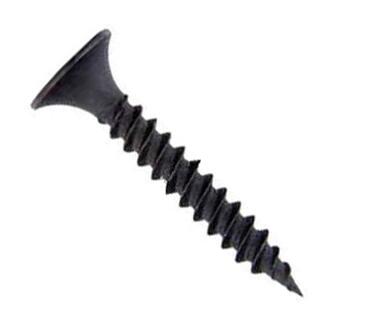Unscrewing the Mystery: The Remarkable World of Screws
2023-10-24
In the realm of mechanical simplicity, one of the most underappreciated and yet indispensable inventions is the humble screw. Often overlooked as a common hardware element, the screw is a marvel of engineering that has revolutionized numerous industries and continues to play a pivotal role in our everyday lives.
The History of the Screw:
The origin of the screw dates back to ancient times, with its inception credited to the great Greek polymath, Archytas of Tarentum, around 400 BC. His creation, known as the "Archimedes screw," was a groundbreaking device designed for the purpose of raising water. Featuring a helical blade coiled around a cylinder, it was turned to lift water from lower levels to higher ones. This ingenious invention laid the foundation for the evolution of the modern screw.
During the Renaissance, luminaries like Leonardo da Vinci made significant contributions to screw technology, refining its design and paving the way for industrial applications.
The Mechanics Behind the Screw:
A screw is essentially a modified inclined plane wrapped around a cylindrical core. The inclined plane, which constitutes the screw's helical thread, is what gives it its unique mechanical advantage. When a screw is turned, it advances through material, either creating a powerful clamping force or securing objects together.
Screws are available in a myriad of sizes and shapes, each tailored for specific applications. These include machine screws, wood screws, self-tapping screws, and many more, each featuring threads of varying coarseness or fineness, depending on the desired level of grip and ease of turning.
Wide-Ranging Applications:
1. Construction: In the construction industry, screws are the cornerstone of stability, used to assemble everything from wooden beams to metal structures. Their strength and reliability are essential to the structural integrity of buildings.
2. Manufacturing: Screws are instrumental in manufacturing, used to assemble machinery, electronics, and an array of products. Precision screws are vital for creating intricate devices and maintaining accuracy.
3. Automotive: The automotive industry relies heavily on screws to secure essential components. Properly fastened screws are crucial for safety, as even minor loosening can result in mechanical failures.
4. Aerospace: Screws in the aerospace sector must meet stringent quality and performance criteria. They are instrumental in the assembly of aircraft, engines, and spacecraft, where precision and reliability are of paramount importance.
5. Medical Devices: The medical field relies on screws for implantable devices, surgical instruments, and medical equipment. Biocompatible screws are crucial to ensure patient safety.
6. Consumer Electronics: Screws are found in virtually all our electronic devices, including smartphones, laptops, and more. Miniaturized screws are critical in these applications.
The Evolving World of Screws:
As technology advances, so does the versatility of screws. Manufacturers continuously innovate, improving screw designs, materials, and production techniques. This encompasses the development of self-tapping screws, micro screws for minuscule applications, and environmentally sustainable materials to minimize their ecological footprint.
In an era of cutting-edge technologies such as 3D printing and nanotechnology, screws continue to be a simple yet invaluable solution. They epitomize the elegance of engineering—a concept that has withstood the test of time, offering durability, reliability, and adaptability.
In conclusion, the screw is a testament to human ingenuity and the boundless possibilities of engineering. From Archytas's water-raising device to the intricate screws found in today's technology, this unassuming invention has left an indelible mark on our world. The next time you encounter a screw, take a moment to appreciate its significance—an embodiment of human creativity and innovation that continues to shape our lives.



